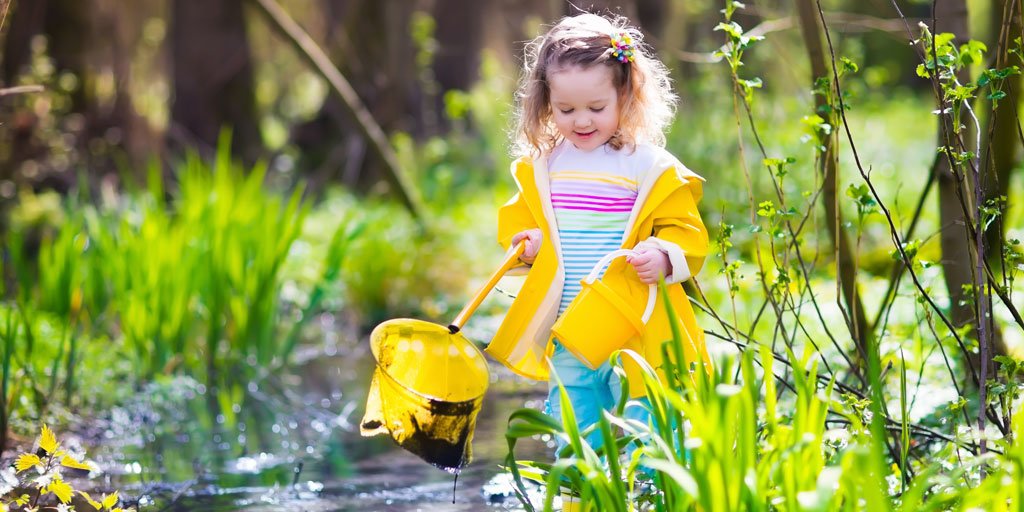Free shipping on USA orders over $129!
We hear a lot about nature study as one of Charlotte Mason’s key methods. And it is a key activity for learning. The question is sometimes asked, though: Is nature study all you do for science?
Let’s talk a bit about how nature study and science fit into a Charlotte Mason education.
Charlotte taught her students science with a two-faceted approach: one is nature study; the other is living science books. She used both components in order to give her students a balanced and rich knowledge.
Not just nature study.
Nature study is wonderful, but if you learn science only from nature study you are limiting your knowledge to just what physical items you have in your region of the world and only what you, yourself, have observed. It’s also quite possible you would end up ignoring those fields of science that cannot readily be seen in the natural world, fields such as electricity, rocketry, and chemistry. Learning science from living books is important.
But not just living science books.
Learning science just from books is not personal, firsthand knowledge. It does not ignite in the child the same sense of awe and reverence toward his Creator that experiencing His creation in person does. We can tell our children, or they can read, that the heavens declare the glory of God—we can even have them memorize and recite that concept—but that idea sinks much deeper into their hearts when they stand outside on a clear night and gaze at those heavens for themselves. That’s when they realize just how vast the universe is. That’s when they make a personal relation.
So the best way to teach science is through both nature study and living science books. (As the children get older, that can include conversational textbooks.) When you use both nature study and books, the student gets the best of both worlds.
He forms his own relations with nature life (and experiences firsthand the calming effects of time in nature).
He learns about a variety of nature life, beginning in his own backyard and then expanding to other parts of the world.
He has the joy of making discoveries for himself and having that desire cultivated, encouraged, and expanded through learning about the discoveries of others.
He is better able to understand the unknown in other parts of the world, because he has a foundation of personal experience and knowledge that he can use for comparison.
His powers of attention and discrimination are sharpened, and he learns the rewards of patient pursuit and a love of investigation.
“Out-of-door nature-study lays the foundation for science” (Vol. 3, p. 281).
“Our main dependence is on books as an adjunct to out-of-door work” (Vol. 3, p. 238).
“The study of natural history and botany with bird lists and plant lists continues throughout school life, while other branches of science are taken term by term” (Vol. 6, p. 220).
Nature study and living science books. Together, they make a powerful strategy for teaching science.
To learn more about nature study, and how living books complement it, read Hours in the Out-of-Doors: A Charlotte Mason Nature Study Handbook.
Podcast: Play in new window | Download

